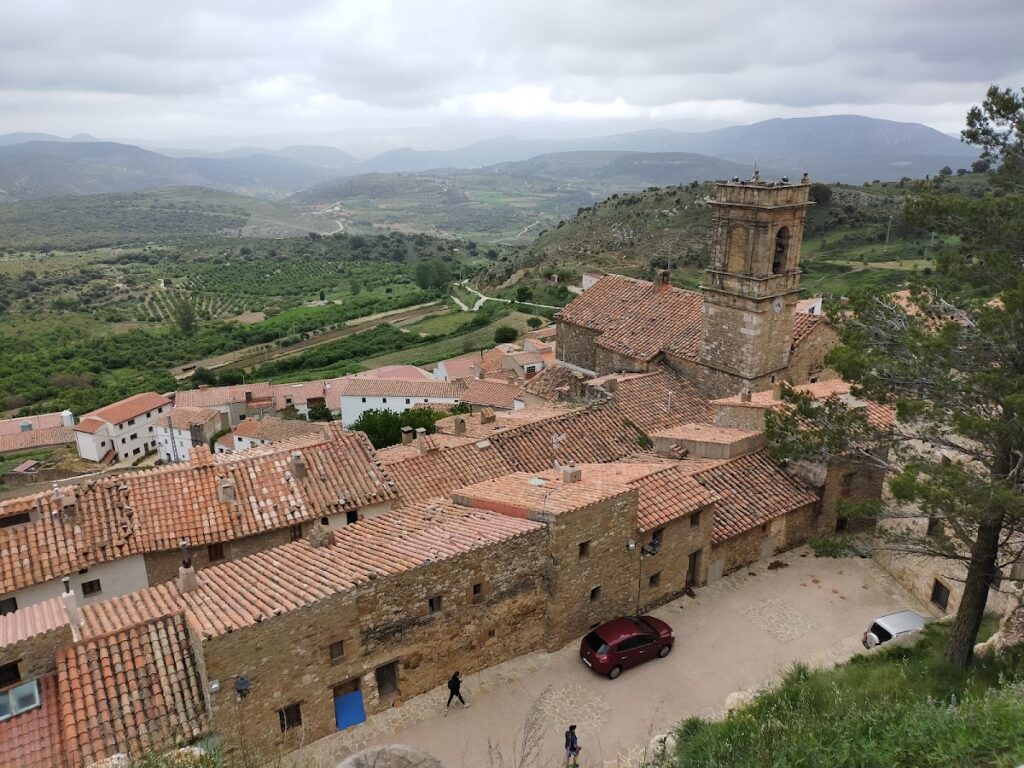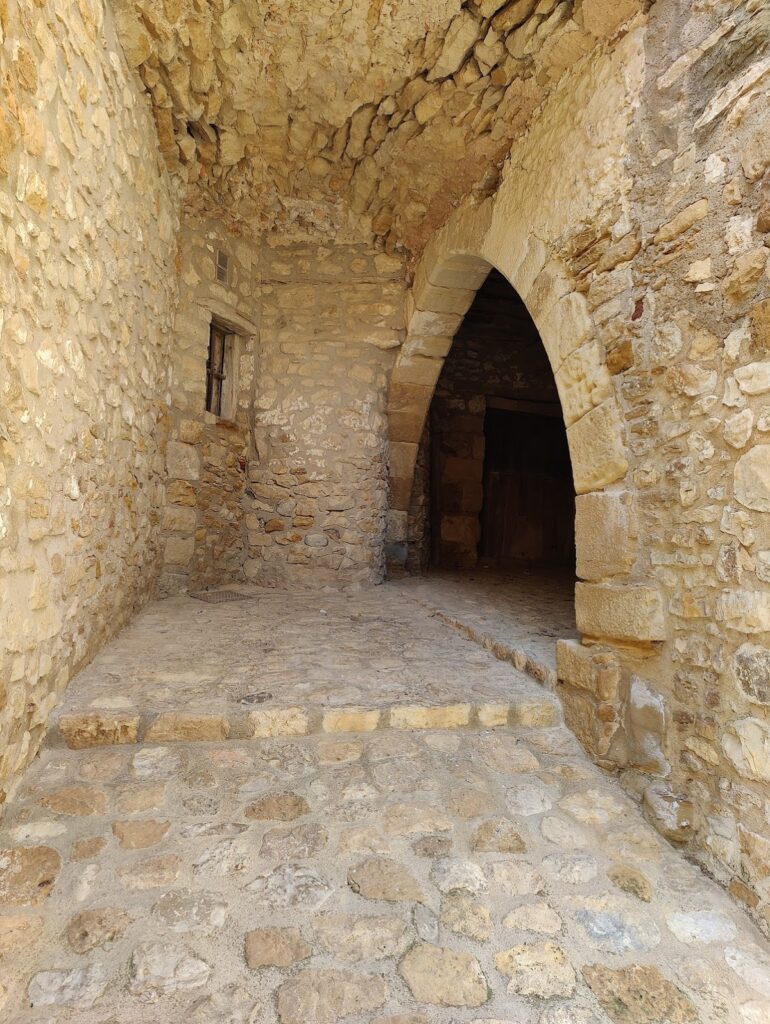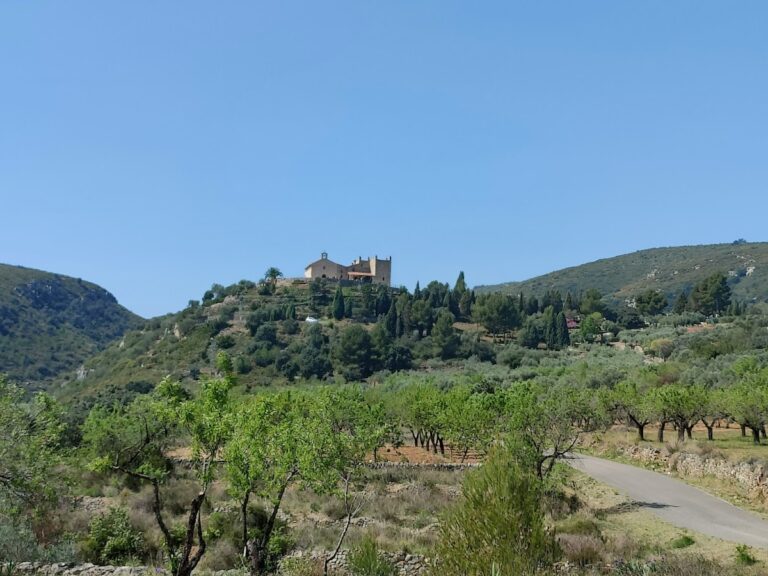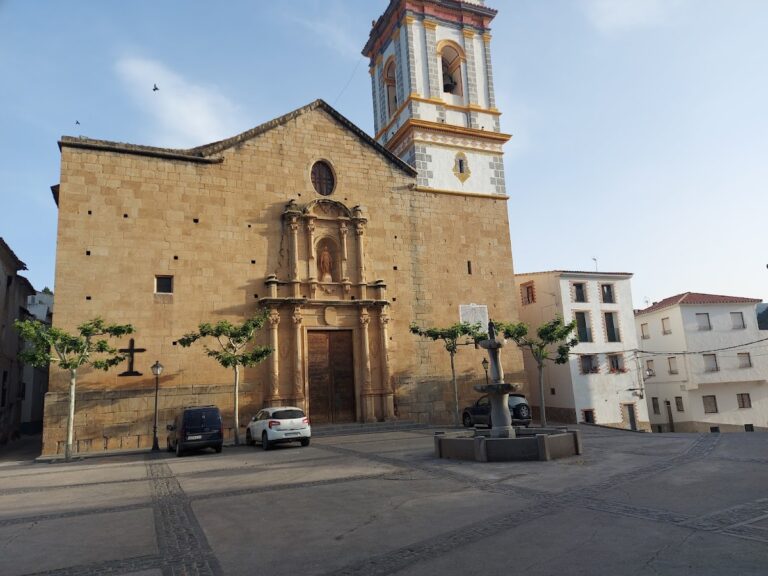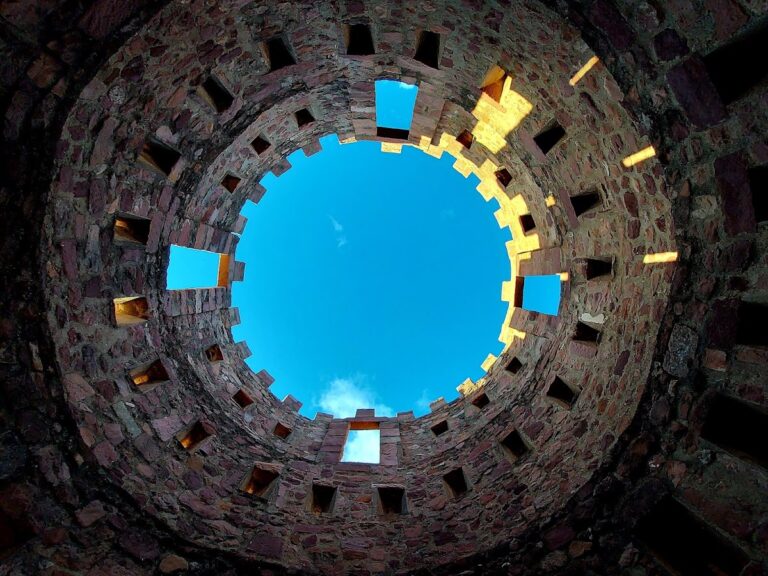Culla Castle and Walls: A Historic Fortress in Spain
Visitor Information
Google Rating: 4.5
Popularity: Low
Google Maps: View on Google Maps
Official Website: cullamagicaymedieval.es
Country: Spain
Civilization: Unclassified
Remains: Military
History
Culla Castle and Walls are located in the town of Culla, Spain. The fortress was originally constructed during the period of Muslim rule in the 12th century and occupies the highest point of the settlement, atop a tableland known locally as the “muela.”
Before the castle’s construction, the area held prehistoric significance, with archaeological findings and rock paintings demonstrating early human activity in the surroundings of Culla. The fortress itself was built to control the strategic position of the town during the era of Arab domination. In 1233, Blasco de Alagón reconquered Culla as part of the Christian advance in the region, and the town was granted its charter in 1244, marking its integration into the Kingdom of Valencia.
By the early 14th century, around 1303, control of the castle and town passed to the Order of the Temple, commonly known as the Knights Templar. This military and religious order maintained ownership until its dissolution, after which the castle came under the authority of the Order of Montesa, a Christian military group founded in the 14th century to continue the Templar legacy in the region. During their stewardship, the local population of Culla and six neighboring municipalities formed a cooperative alliance known as the “Setena de Culla” or “Comunitat d’Herbatge” in 1345. This coalition collectively acquired rights to pasture and forest resources from the Order of Montesa, ensuring shared management of grazing lands vital for their livestock.
Throughout the medieval and early modern periods, the economy of Culla centered on dry farming crops such as almonds, olives, hazelnuts, vines, and cereals, alongside extensive livestock raising of sheep, goats, and cattle. More intensive agricultural activities, including pig husbandry, poultry keeping, and beekeeping, complemented the rural way of life.
In the 18th century, the military and administrative relevance of the castle diminished as the town underwent significant urban development. New constructions such as the Parish Church of El Salvador and the Hermitage of San Cristóbal redefined the town’s character, with the expansion of the urban area encroaching on the defensive walls. These changes led to parts of the old fortifications being demolished or integrated into residential buildings.
During the 19th century Carlist Wars, a series of civil conflicts in Spain, the town of Culla experienced frequent skirmishes. The castle suffered disastrous damage in this period, resulting in the near-total destruction of its structure and leaving it in a ruined state that persists today. Recognized for its cultural and historical value, the remains of Culla Castle and its walls have been legally protected since 1997 as a Bien de Interés Cultural, a designation for Spanish heritage sites.
Remains
The castle complex originally featured an irregular design composed of three roughly concentric defensive enclosures, created to maximize protection of the town’s highest area. Although only fragments survive today, these vestiges reveal the castle’s layered defenses built and modified across centuries.
One of the most visible remnants is the outer defensive wall, though much of it has been lost or absorbed into the foundations and walls of current housing. Where still intact, sections of this wall include towers, passageways, and gates that once guarded the approach to the fortress. Among the surviving towers are several dating back to the 13th century, including the remains of the Torre del Frare Pere, which stand as reminders of the castle’s medieval military significance.
The entrance gate leading to the barbican—a fortified outwork protecting the main door—is still present, demonstrating the castle’s layered entrance system designed to slow attackers. Parts of the walls bear heraldic shields belonging to the Order of Montesa, marking the period when this military order controlled the site. These stone emblems are embedded within the fortifications, providing a tangible link to the castle’s religious and military patrons.
The walls and defensive structures themselves were originally constructed during the Arab period but underwent significant alterations after the Christian reconquest. Families such as the Alagón and Anglesola further reinforced the fortifications, reflecting evolving military needs under different rulers. Today, the fortress ruins occupy a commanding location that once dominated the town and its surrounding landscape.
Adjacent to and partially integrated with the defensive walls, a notable group of stately houses is found, showing how later urban expansion incorporated the old fortifications into residential architecture. These interconnected structures exemplify the gradual transformation of the castle area from a military stronghold into a component of the town’s living core.
Overall, the surviving elements of Culla Castle and Walls offer a window into its lengthy history, from Muslim origins and medieval military orders to urban development and conflict-induced ruin. These remains bear silent witness to centuries of regional change and the shifting roles of fortress, town, and community.

